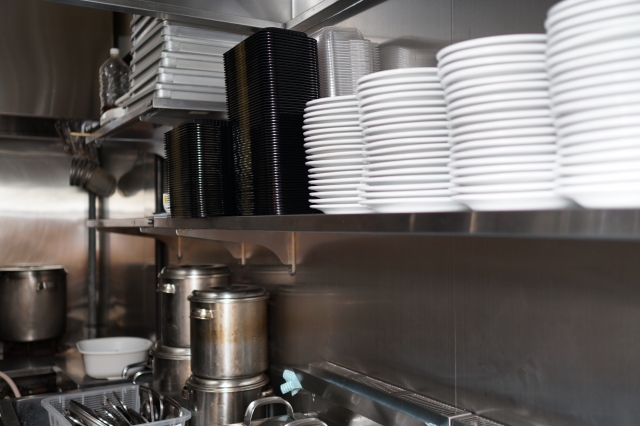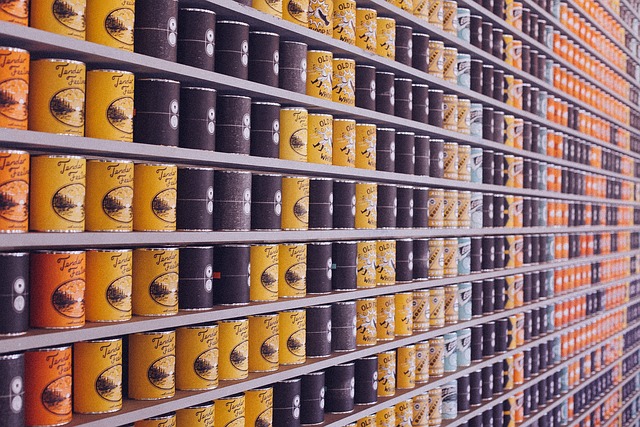
After establishing a base in the countryside, I began to wonder what the future holds for this town.
Even though it’s in Kanagawa Prefecture, it’s a small town with a population of about 8,000, where aging and population decline show no signs of stopping. While my contribution may be small, I find myself pondering ways I can help.
I believe there is a certain demand for commercial kitchens.
For example, how about young people from the metropolitan area who aspire to start a food business in the future coming to this rural area rich in ingredients to cook on weekends, in a sort of weekend entrepreneurship model?
They could test their skills in a shared kitchen, which requires no initial investment and is available for rent by the hour. There would also be a system in place to provide business advice.
For example, they could secure sales channels by placing their products in the nearby “Michi-no-Eki” (roadside station) while simultaneously creating an online sales site for longer-lasting products.

Enhancing a shared kitchen with the capability to produce canned goods and other processed foods could make it even more attractive.
While it is commonly believed that canning factories need to be large, I discovered that it is possible to establish a small canning factory right next to a small kitchen.
I spoke with the staff of a small canning factory in Osaka Prefecture to learn more.
A small canning factory can be set up in a space of about 15 tsubo (approximately 50 square meters), though it is possible to manage with even less space. Specifically, it requires a 6 tsubo (approximately 20 square meters) cooking room, a 6 tsubo (approximately 20 square meters) preprocessing room, and a 3 tsubo (approximately 10 square meters) inspection area.
Adding a canning space to a shared kitchen.
Four machines are needed. I was shown these machines via an online tour, and they were surprisingly compact.
In typical large canning factories, the minimum number of cans required to produce a single type is often around 10,000, which is a significant number. However, with these machines, you can start with just one can.
Unlike the conventional method, which requires producing a large number of cans of the same size at once, the small canning factory allows for the same machine to switch between different can sizes with a single touch. This is quite revolutionary.
Therefore, those making canned goods can experiment with various contents.
You can easily produce and test several different product variations to see which sells best. This is fantastic!

Of course, the cost of the machinery is significant. However, compared to the initial investment for a large canning factory, which can be around 1 billion yen, a small canning factory comes at a much smaller price.
Still, because it isn’t for mass production, the cost per can is relatively high.
From a business perspective, it would be necessary to develop a strategy focused on high-end canned goods.
Although I don’t know much about recent Japan, it seems there are various types of canned products such as high-end canned snacks, delicious canned foods, and even canned bars.
I would like to try enjoying these delicious canned foods with beer, wine, or sake.
That said, if asked whether a small canning factory is realistic, I can only answer “I don’t know” at this point. Without building a structure that ensures profitability, it’s not something that can be undertaken at risk.
For those concerned about health, such as organic enthusiasts, canned goods may raise concerns about metal leaching or BPA.
Although canned goods shouldn’t be directly heated over a flame, they can be warmed in a hot water bath. This means there’s no concern about leaching at the temperature of boiling water (100°C).
Furthermore, while large-scale canning often involves the addition of preservatives, small-scale canning can avoid additives. Generally, canned goods can be stored at room temperature for three years, but since they are vacuum-sealed, sterile, and light-blocking, they can last even longer.
Canned goods are also useful in emergencies and, unlike glass jars, they won’t break, adding to their appeal.
If subsidies are available and there are supporters in the local community, I think a small canning factory in a shared kitchen could be viable. Specifically, I’m imagining “high-end game meat cans” using locally sourced ingredients.
For example, venison is high in protein and low in calories, making it a very healthy choice. Moreover, deer and boars that have grown up eating natural food in the wild, rather than being fed by humans, are incredibly healthy ingredients.
I’m excited to see how this will develop in the future.
Thank you very much to the small canning factory for sharing valuable insights today.